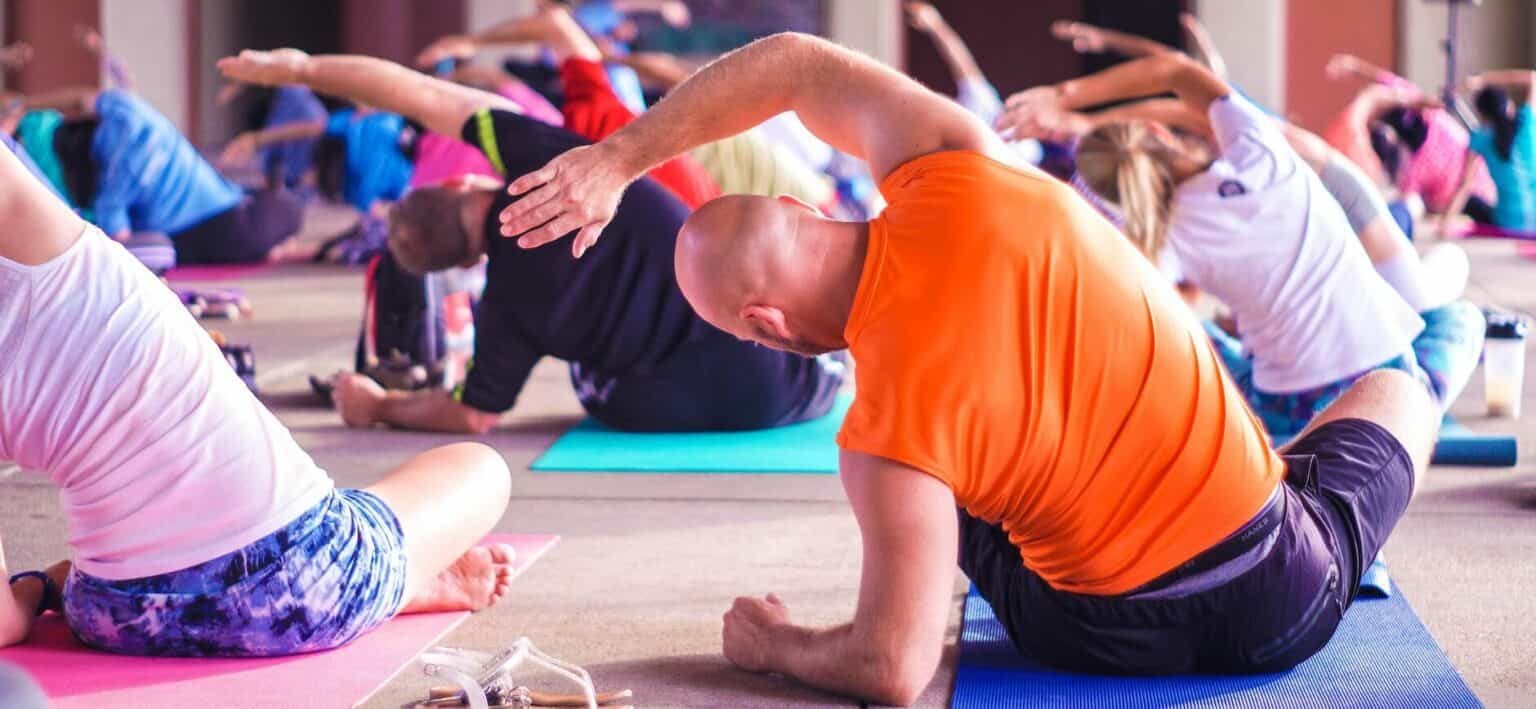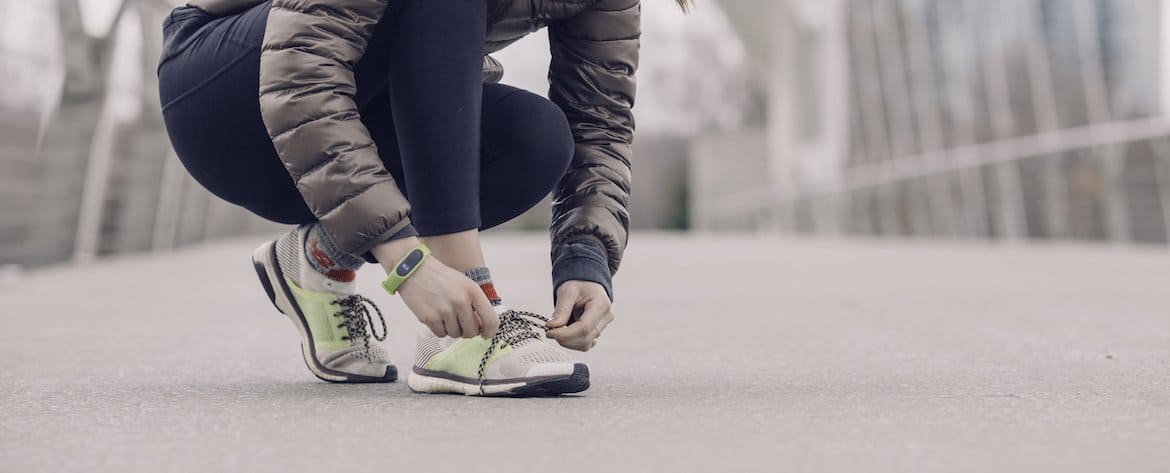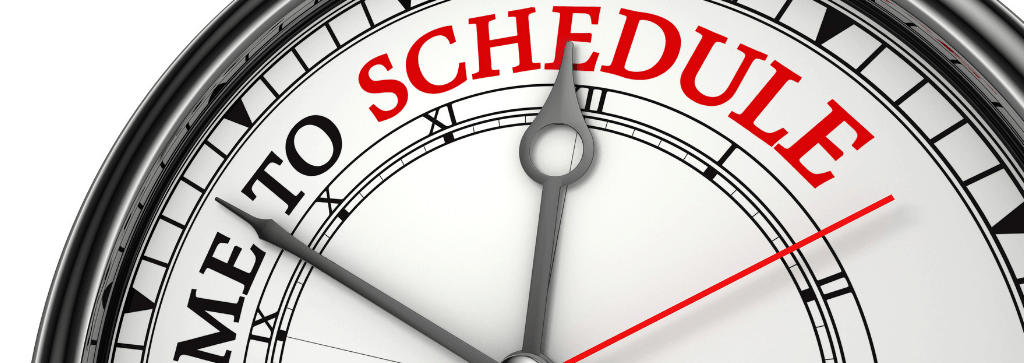It’s more than just about the ‘core’
A lot of people think Pilates is just about the ‘core’ or ‘core strengthening’.
If your only exposure to Pilates is through infomercials with reformers or gym mat classes, then it is good to have some idea of the basic principles behind Pilates because in its truest form, it is as much about the mind-body connection as it is about the ‘core’.
It might help you to understand if it is the kind of exercise that you are looking for, and if you are already doing Pilates, to help you to get the most from it as well.
Relaxation
This step is all about relaxing the parts that should be relaxed, that aren’t required to be active ALL THE TIME.
Sometimes, this is the most challenging part, particularly if you are in the habit of holding yourself in a certain way with tension in certain muscle groups – you know where they are!
Concentration
This part is about focus, and being conscious and ‘mindful’ about how you are moving. Often, the visual feedback from a mirror, or the feedback from the physio, are helpful for you to understand how you are moving.
There are overlaps with the topic of mindfulness when you start to talk about concentration, and also the benefits on ‘sharpening up’ brain maps of a body part too.
Alignment
This part is about gaining an understanding of optimal postural alignment. The body simply moves better and more efficiently when it is in the right alignment.
Breathing
Breathing is breathing, right? Not really. There is better breathing.
The most effective and efficient breathing involves the largest part of your lungs, which are the lower sections, and effective use of your diaphragm rather then the top sections and loads of neck muscles.
Although it can be difficult to incorporate thinking about your breathing when you are thinking about other things, especially as a beginner, the use of breath and coordinating it with movement is definitely something to work on.
I find that it is a useful way of finding a nice pace to the movements that you are doing.
Centring
This is what most people automatically think about when they think of Pilates.
Joseph Pilates must have had quite a sense of body awareness to be talking about this kind of stuff before the idea of core stability became trendy.
Despite the concept of the ‘core’ having been flogged for the last 15 or so years, in my opinion there is still validity to the idea of a certain amount of strength that is required for adequate and optimal support of the back and efficient movement. This amount of strength is going to vary for everyone depending on their individual requirements. Not everyone needs to plank for two minutes to move well and efficiently and have a healthy back!
I think you can include the idea of mental centring with this too – a bit ‘new age’ perhaps, but reinforces the mind-body aspect of what Pilates can be.
Coordination
To the basic movements, different challenges to coordination can be added. To start with, these can be quite a challenge mentally as much as physically, but they get easier with repetition. Great for the brain too! See Use it or lose it – the human brain for more.
Flowing movements
This is about natural movements performed correctly, gracefully and with control, often slowly.
Moving without strain or stress, with rhythm.
Stamina
Challenging stability, increasing resistance, progressing from easy to more difficult exercises all increase stamina.
It is often when you stop, then come back after a break that you realise that you had more stamina because the same exercises feel harder.














